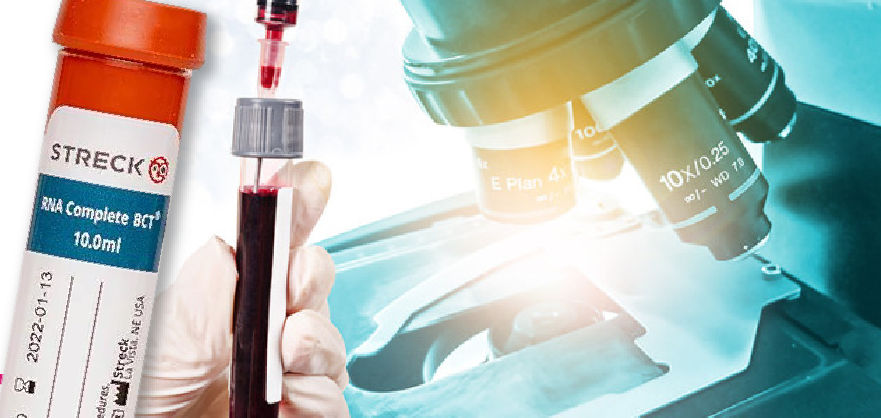SS18 (SYT) rearrangements, 18q11.2
Synovial sarcomas account for 10% of soft tissue sarcomas, which usually appear within the para-articular regions in young adults, and are characterized by a chromosomal translocation that results in expression of a chimeric transcript SYT-SSX, by usually SYT-SSX1 or SYT-SSX2. In vivo and in vitro studies have shown that fusion oncoprotein SS18-SSX is necessary and sufficient for tumorigenesis; however, its mechanism of action is still not well defined.
The fusion SS18/SYT-SSX gene, resulting from translocation t(X; 18) (p11.2; q11.2), is detected in 90% of synovial sarcomas, suggesting that can serve as a biological marker for synovial sarcoma. This abnormality, specific for synovial sarcoma and found in all morphological subtypes, fuses SYT gene on chromosome 18 with SSX1 or SSX2 (highly homologous genes located on Xp11). It is believed that SYT-SSX1 and SYT-SSX2 interrupt transcription and expression of specific target genes.
References
- Hayakawa K, et al. (2013) Biochem Biophys Res Commun 432(4):713-9.
- Su L, et al. (2012) Cancer Cell 21(3):333-47.
- Cai W, et al. (2011) Pathol Oncol Res 17(2):357-67.
- Ten Heuvel SE, et al. (2008) Appl Immunohistochem Mol Morphol. 16(3):246-250.
- Kawata R, et al. (2008) Auris Nasus Larynx. 35(4):583-6.
- Subramaniam MM, et al. (2007) Cancer Genetics and Cytogenetics 172:23-28.
- Amary MFC, et al. (2007) Mod Pathol 20:482-49.


